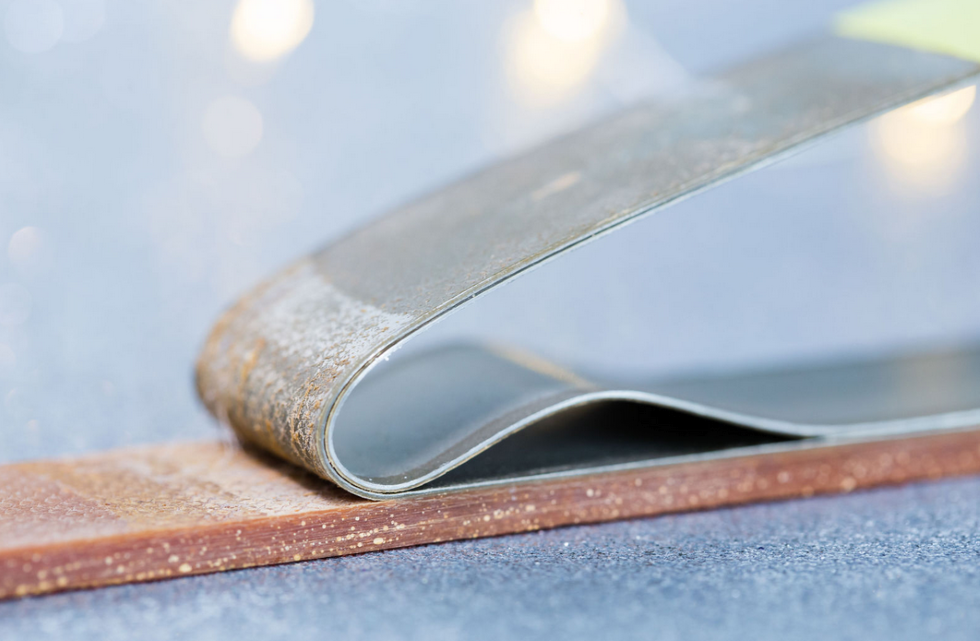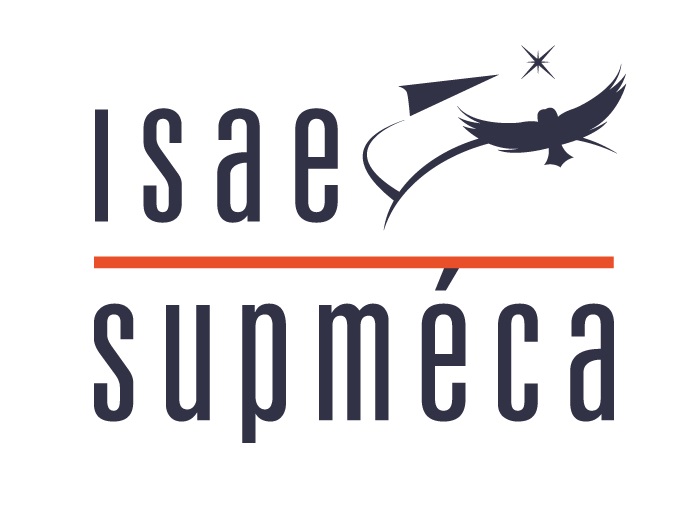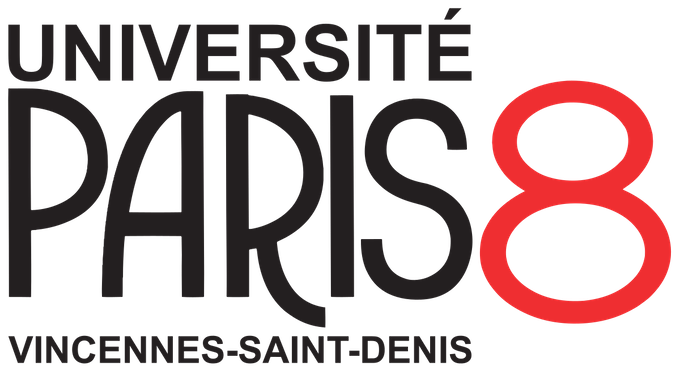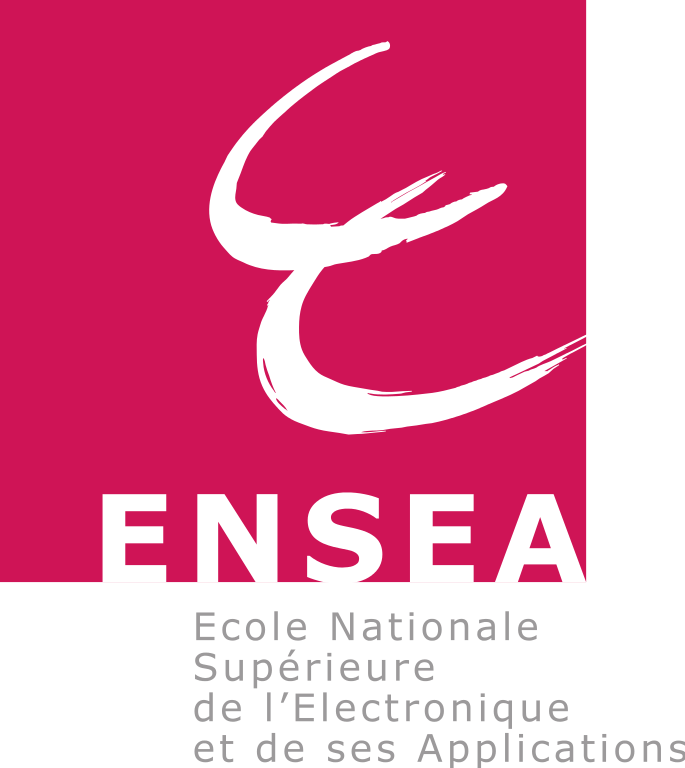TOLERANCE OF COMPOSITES AND BONDED ASSEMBLIES TO DAMAGE
This research activity focuses on the detection/prediction and the characterisation of damage that can occur during a product’s lifetime. The occurrence of such damage is taken into account in the dimensioning that results in the certification of composite structures and/or structures assembled by bonding. The principle of tolerance to damage consists in dimensioning a structure to allow it to tolerate the presence of different types of damage, through ensuring mechanical redundancy, additional safety margins, or using materials whose performance relies on intrinsically better characteristics. The reliability of damage characterisation data is studied using stochastic models corresponding to each type of damage.
We approach this problem in several ways :
- Experimental approach :
(i) Multiphysics mechanical/thermal/hydric tests,
(ii) Modification and characteristics of bonding surfaces.
- Analytical and numerical approach.
Experimental approach
(i) Multiphysics mechanical/thermal/hydric tests [1-2]
Fracture mechanics are used to study the behaviour of a structure with defaults. These defaults may be visible (emerging cracks) or invisible (blind cracks). Analysis using fracture mechanics correlates parameters stemming from load, geometry and the materials. Elementary fracture modes are characterised according to the relative movement of the crack edges. There are three elementary fracture modes. The first is the opening or cleaving mode (mode I), this is the mode of normal traction in the plane of the crack. The second is the perpendicular sliding mode (mode II) that corresponds to a shearing mode parallel to the plane of the crack and perpendicular to the front of the crack. The last mode is a sliding mode corresponding to a shearing mode parallel to the plane of the crack and parallel to the front of the crack (mode III).
In the laboratory we have designed a test bench that is used to characterise the energy needed to generate the propagation of a crack when the energy release rate exceeds the total energy required to propagate the crack, Gc. The damage propagation kinetics, the propagation curves and the Paris law are then established.

(ii) Modification and characterisation of bonding surfaces [3-5]
To bestow good bonding properties to a bonding agent, it is necessary to control the surface. The factors that increase the real contact surface, like roughness, favour adhesion via a process of mechanical anchoring, and wettability is used to assess bonding. It consists in studying the aptitude of a liquid to spread on the surface of a solid.
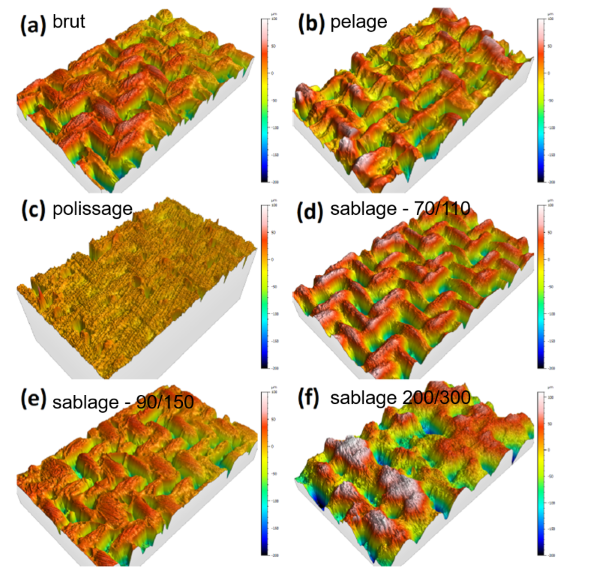

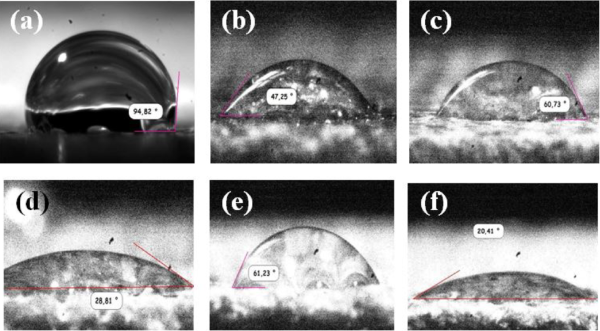
Analytical and numerical approach
Multiscale and Multiphysics simulation [6-7] take into account the nonlinear behaviour of materials subject to severe stresses (temperature, humidity coupled with mechanics).
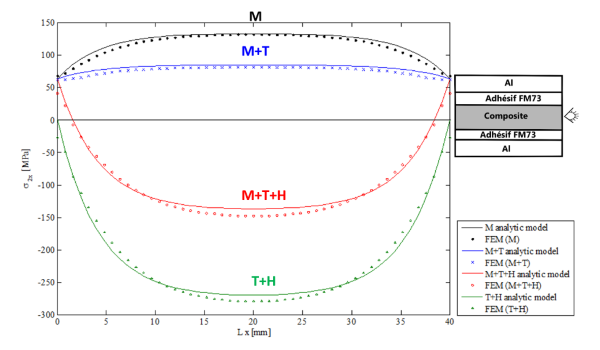
Collaborations :
Airbus Helicopters, National School of Engineering of Sfax, National School of Engineering of Tunis
References :
[1] G. Zambelis, T. Da Silva Botelho, O. Klinkova, I. Tawfiq, C. Lanouette. Evaluation of the energy release rate in mode I of asymmetrical bonded composite/metal assembly. Engineering Fracture Mechanics, 190 : 175-185, mar 2018
[2] G. Zambelis, T. Da Silva Botelho, O. Klinkova, I. Tawfiq, C. Lanouette. A new approach in testing fatigue fracture mechanics properties in asymmetrical bonded composite/metal assemblies. Composites Part B : Engineering, 158 : 390-399, feb 2019
[3] R. Kessentini, O. Klinkova, I. Tawfiq, M. Haddar. Transient hygrothermo-mechanical stresses analysis in multi-layers bonded structure with coupled bidirectional model. International Journal of Mechanical Sciences, 150 : 188-201, jan 2019
[4] A. Bechikh, O. Klinkova, Y. Maalej, I. Tawfiq, R. Nasri. Sandblasting parameter variation effect on galvanized steel surface chemical composition, roughness and free energy. International Journal of Adhesion and Adhesives, 2020
[6] A. Bechikh, O. Klinkova, Y. Maalej, I. Tawfiq, R. Nasri. Effect of dry abrasion treatments on composite surface quality and bonded joints shear strength. IJAA, 2021
[5] R. Kessentini, O. Klinkova, H. Jrad, I. Tawfiq, M. Haddar. Analytical and numerical investigation of coupled hygro-thermo-mechanical model of multi-layers bonded structure. International Journal of Adhesion and Adhesives, 84 : 108-118, aug 2018
[6] R. Kessentini, O. Klinkova, I. Tawfiq, M. Haddar. Modeling the moisture diffusion and hygroscopic swelling of a textile reinforced conveyor belt. Polymer Testing, 75 : 159-166, may 2019 (IF 2.943).
